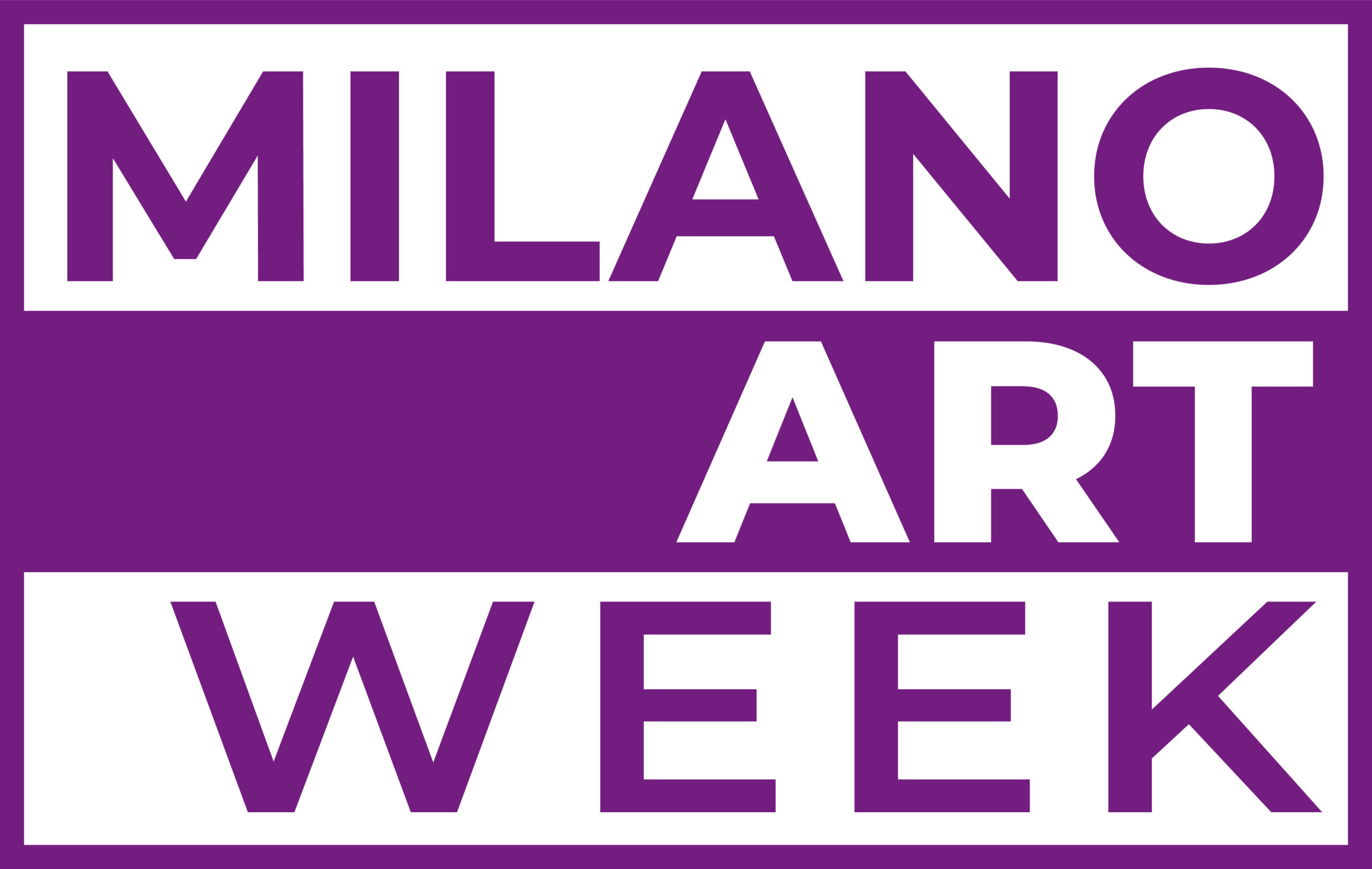Glenda Cinquegrana Art Consulting is proud to present
Swerving the Apocalyptic Angle into Hope
Performance by Stefano Cagol and closing event.
Saturday 13th of April 2024, from 6.00 pm to 9.00 pm
On the occasion of Milano Art Week, Glenda Cinquegrana Art Consulting, is glad to present an exclusive performance by Stefano Cagol, which will take place at the gallery during the closing event of the double show “What Happens in Rooms When the People Have Left?”, a homage to Alberto Garutti and the group show curated by Stefano Cagol “Swerving the Apocalyptic Angle into Hope”, featuring Stefano Cagol (IT), Mary Mattingly (US), PSJM (ES).
On the occasion of the closing event of the exhibition “Swerving the Apocalyptic Angle into Hope“, Stefano Cagol will propose an unprecedented performative action of the same name, designed specifically for the occasion, which will symbolically connect the works on display through new interpretations and will open up an unusual vision, making the invisible visible, highlighting the traces of our choices and our warmth.
In a complex game of references, Cagol will interact with the exhibited work by Alberto Garutti “What Happens in Rooms When the People Have Left?” between looking through the dark and the infrared rays. Through glow-in-the-dark and thermosensitive vision, he will recall works not on display, such as his research “The Body of Energy“, his (anticipatory) fluorescent masks from the Nineties, and another work from the Nineties by Studio Azzurro on our relationship with what is around us. In the dark, even Cagol’s sculptures on display, which refer to the atomic bomb, emit luminous radiation, which is increasingly emblematic in the current moment. A visualization of emissions that we cannot see with the naked eye but are so influential: this is the topic of the paintings of the Spanish collective PSJM, based on graphs of the variations in pollution in the air. Embedded in a heavy ball, closed by thin ties, are the objects, i.e. the clothes, which weigh down our footprint without us even noticing. The American Mary Mattingly places them before our eyes for unequivocal awareness, as she managed to do with one of her most iconic artworks, moving the New York government to introduce the first edible garden in its history.
On display at Glenda Cinquegrana, Stefano Cagol, who curates the exhibition, has brought a kind of art that seeks to influence society and, with the performance for the closing event as he often does with his complex projects and process-based method, he opens in-depth reflections from minimal shifts in point of view, which seek the involvement of the largest possible audience and, increasingly, dialogue with other artists.


